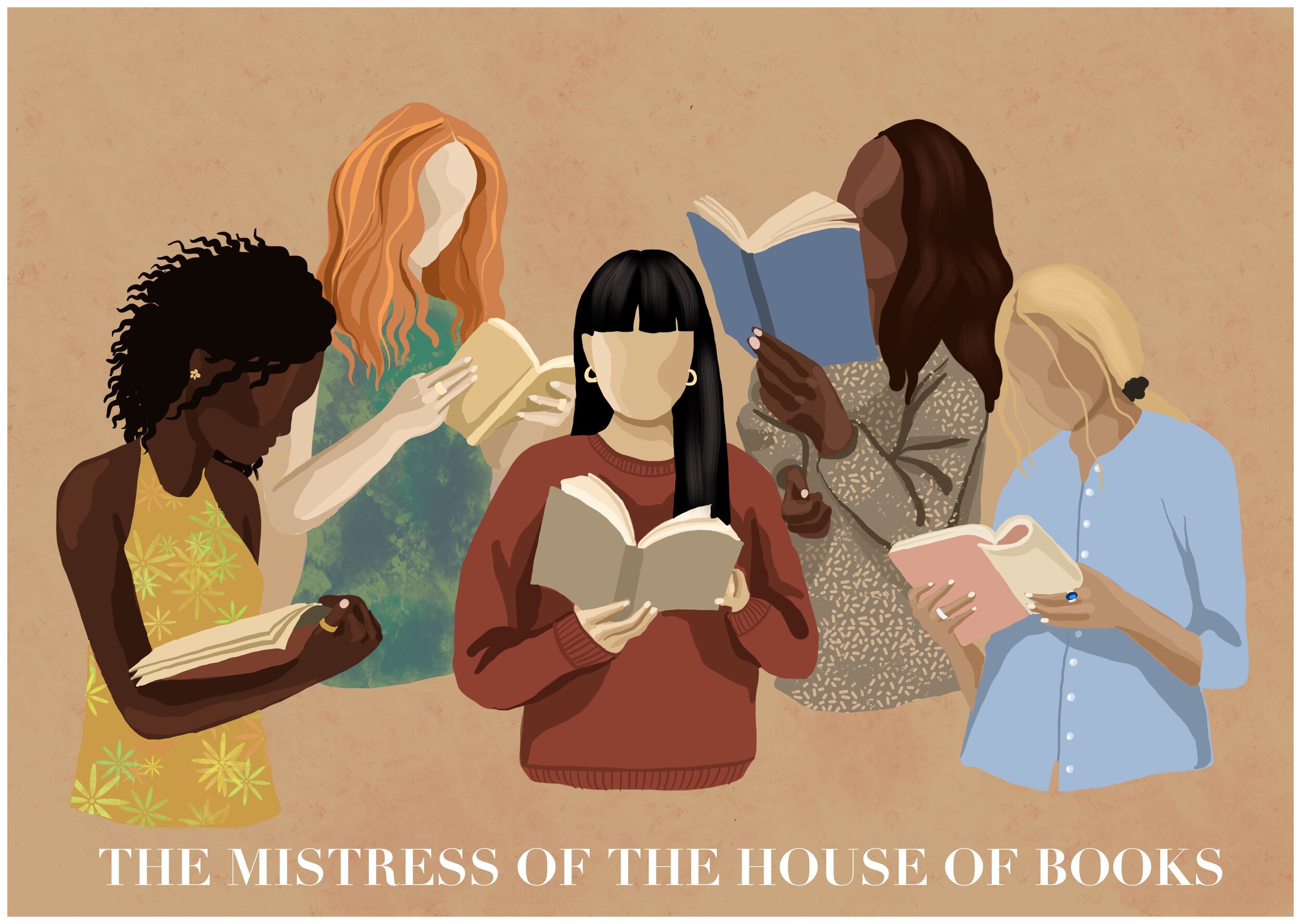Review: How We Go Home: Voices from Indigenous North America edited by Sara Sinclair
In many Indigenous cultures, the way history is passed down is through stories called Oral Histories. This way of telling history can also be used for telling stories of the present. In the anthology How We Go Home: Voices from Indigenous North America, edited by Sara Sinclair, we are given twelve stories that weave both the past and present for different tribes throughout North America (Canada and the United States). Each person has a story of how past injustices have affected them (re-education/boarding schools), how they have gone through their struggles (alcoholism, abuse, drugs, foster system), and the resilience they have in themselves and the community.
The story that captures this sentiment the most is Althea Guiboche, a Métis/Ojibwe/Saulteaux community advocate in Winnipeg, Manitoba. In her community, Althea is referred to as “the Bannock Lady.” Bannock is a large round bread that is a staple food for many First Nations (the name for Indigenous people in Canada). Escaping an abusive partner with her five children in 2011, Althea went through a period of homelessness. After she was no longer homeless, in response to the need she saw, Althea created the organization Got Bannock? Twice a month, her organization serves food (bannock, of course) to about three hundred people. Her organization is a success in her community and has brought the citizens together to help each other.
Everyone’s story within this anthology deserves to be written about, but I will touch briefly on a few more for the sake of time. Jasilyn Change, who as a young adult kickstarted the movement of Water Protectors at Standing Rock to keep the area her son is buried sacred. Gladys Radek is a fierce advocate for finding justice for the missing and murdered Indigenous women and girls in Canada. Marian Naranjo is documenting the environmental and cultural consequences of living next door to Los Alamos National Laboratory. James Favel, who after the body of a 15-year-old girl was found nearby, decided to take action and create the Winnipeg’s Bear Clan Patrol that trains volunteers to patrol the neighborhood at night to protect women, children, and the elderly.
Reading this book will leave you heavy and with a spark to do more for the indigenous community. This could be through volunteering, advocating for indigenous rights to your government leaders, and donating money. This book is outstanding and should be read by those who want to educate themselves about the indigenous communities in North America.
In an effort to support Bookshop.org, this post contains affiliate links. We may receive a commission for purchases made through these links. Thank you for the support!

